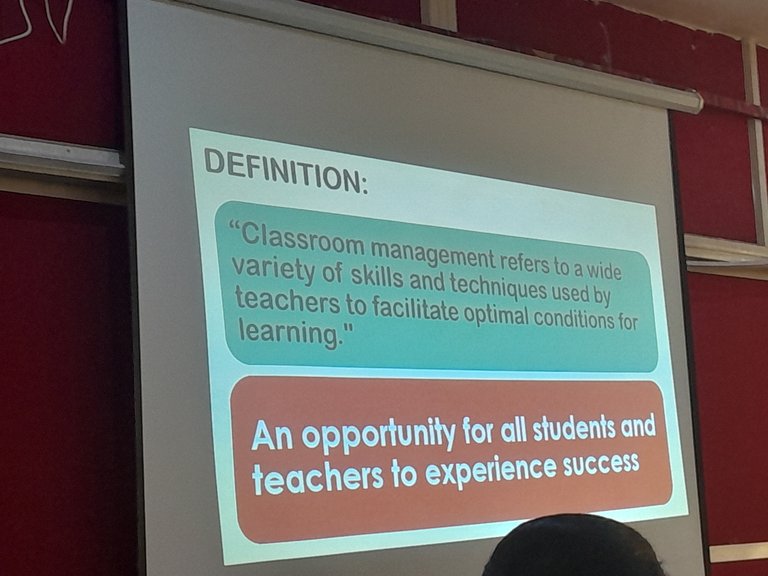Today marked the long-awaited promotion exercise for which we had undergone extensive preparation, including training sessions and documentation processes. The journey leading up to this day was not without challenges. I vividly remember making three trips to Alausa in Ikeja, submitting multiple documents to ensure accurate records and proper documentation. We were also required to sit for an examination as part of the process.

This morning, I left home as early as 5:30 a.m. to avoid heavy traffic and road delays caused by poor road conditions. The rough terrain often slows down vehicles, creating additional hurdles for commuters. As I made my way to the venue, I couldn’t help but recall the tragic events of the staff audit, which claimed the lives of some of our colleagues. Despite the sorrow of those memories, life had to move on, and today required the presence of all personnel involved in the promotion exercise was required.


The cold morning weather made the journey more uncomfortable, but I knew I had no choice but to push forward to meet the scheduled time. Fortunately, I arrived at the venue by 7:47 a.m., just in time for the structural training session, which was slated to begin at 8:00 a.m. My first task was clocking in and collecting my photocard to prepare for the full day ahead.
Reflecting on the situation, I couldn’t help but think that the structural training could have been conducted virtually. The material covered during the session was not unfamiliar and could have easily been delivered online, saving us the stress of physical attendance. However, we were required to be present, and the day’s focus was classroom management.
The instructor emphasized the importance of effective classroom management and its essential role in creating a conducive learning environment. He highlighted the foundational elements every teacher must understand, touching on essential factors such as lesson planning, time management, class control, and classroom arrangement. Throughout the session, he posed thought-provoking questions designed to challenge our understanding of these concepts.
He asked us to consider why classroom management is crucial and how a well-managed classroom positively impacts student learning and performance. He also inquired about the negative effects of a poorly managed environment on teacher morale. The discussion underscored that a structured and controlled classroom fosters better learning outcomes, while disorganization hampers both student engagement and teacher effectiveness.
The instructor elaborated on key components of classroom management, which include strategies for maintaining discipline, capturing and holding students' attention, providing clear instructions, and using available resources effectively. He stressed that classroom seating arrangements play a critical role in enhancing student focus and participation. Proper planning and control techniques were presented as indispensable tools for maintaining an orderly and productive classroom environment.